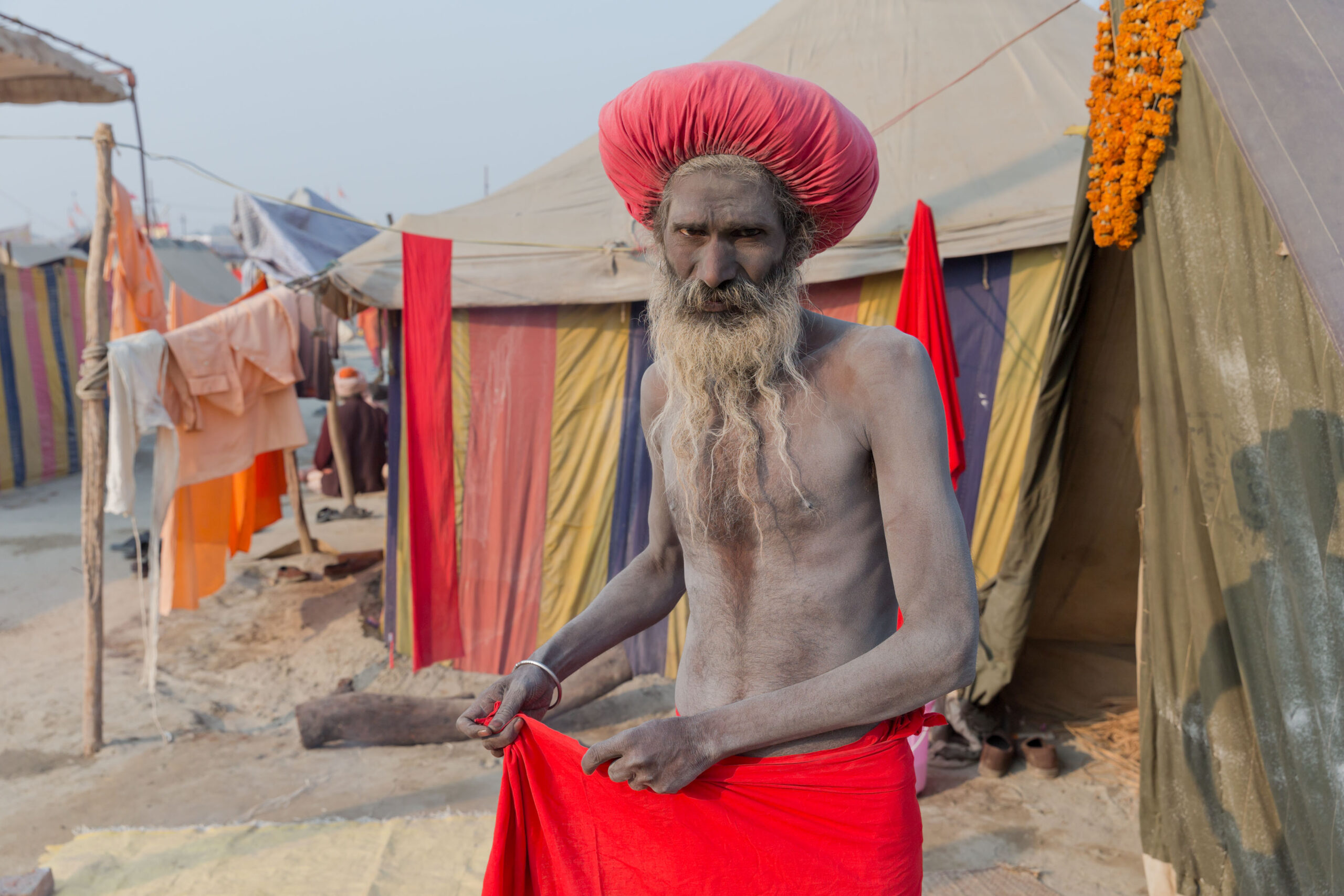Iwan Baan’s photographic retrospective at Vitra’s Design Museum in Weil am Rhein shows how people make places
 Photography by Iwan Baan, National Taichung Theatre, Taiwan, 2016, Architecture: Toyo Ito & Associates, Architects
Photography by Iwan Baan, National Taichung Theatre, Taiwan, 2016, Architecture: Toyo Ito & Associates, Architects
Words by Sonia Zhuravlyova
‘As a visual storyteller, I am attracted to cities, the traces of their histories, and the narratives of their citizens,’ writes Dutch architectural photographer Iwan Baan in the catalogue to his retrospective, Iwan Baan: Moments in Architecture, at the Vitra Design Museum in Weil am Rhein, Germany. Baan’s first contact with architecture was a chance meeting with Rem Koolhaas some 20 years ago.
‘I became increasingly curious to understand how people’s lives take place in and around buildings, and how architecture and people are entangled,’ he continues. ‘I realised that not only can architectural photography be treated as documentary photography, but also that architecture is actually extremely fertile ground for documentary photography.’
Since then, Baan, who shoots with a digital camera, has gone on to capture the work of some of the world’s greatest architects, such as Herzog & de Meuron, Francis Kéré and Tatiana Bilbao, as well as many vernacular structures he encountered on his travels. Vitra’s curator Mea Hoffmann had the monumental task of sorting through some 14,000 images to whittle them down to 2,000 for the retrospective.
 Photography by Iwan Baan, Baku, Azerbaijan, 2011
Photography by Iwan Baan, Baku, Azerbaijan, 2011
‘It doesn’t matter whether it’s a skyscraper or a vernacular building, his work is always about storytelling in that particular moment, how people interact with their space,’ she says of the appeal of working with the photographer. ‘It also captures what happens when the architects leave and life takes over; the juxtapositions and complexities that are part of the human condition. That is what is particularly captivating – you get the breadth of what it means to be human.’
Since the earliest days of photography, capturing architecture has evolved into an art form; much of post-war photography, for example, has become as iconic as the buildings that it portrays. But Baan’s realism breaks with this convention – idealised, abstract architectural shots are replaced with a focus on our relationships with the buildings themselves.
‘Buildings can be intrusive, yet it is fascinating how many of them are absorbed, appropriated and altered over time,’ says Baan. ‘In the megacity of Lagos, for example, you can see how the modern project from the 1960s has transmuted; how, even though sometimes the original ideas are still present, they are punctuated by incredibly rich layers of local everyday life.’
 Photography by Iwan Baan, Kumbh Mela Festival, Prayagraj, India, 2013
Photography by Iwan Baan, Kumbh Mela Festival, Prayagraj, India, 2013
To break up the images that cover locations as diverse as Tokyo, Lagos, São Paulo and Hong Kong, Hoffmann and her team split the exhibition into several sections and have made it as dynamic and interactive as possible. ‘We have a lot of installations, slideshows, footage and different ways of representing the images,’ she says. ‘It’s all about discovery.’
The exhibition often presents a series of photographs that show a building’s different perspectives. ‘His process of zooming out, like the aerial shots that he does for almost any project, as well as the details of the small, personal moments, really influences people’s reactions and responses to the buildings,’ says Hoffmann.
Baan’s work – which spans continents as well as decades – has captured the shifts in architectural trends, the impact of globalisation and environmental challenges without losing sight of people’s lived experiences. ‘It’s about showing how buildings are created under different conditions and in different circumstance,’ says Hoffmann. ‘For him, buildings are built by humans, for humans.’
Read more in ICON 214: The Winter Issue. Get a curated collection of architecture and design news like this in your inbox by signing up to our ICON Weekly newsletter
















